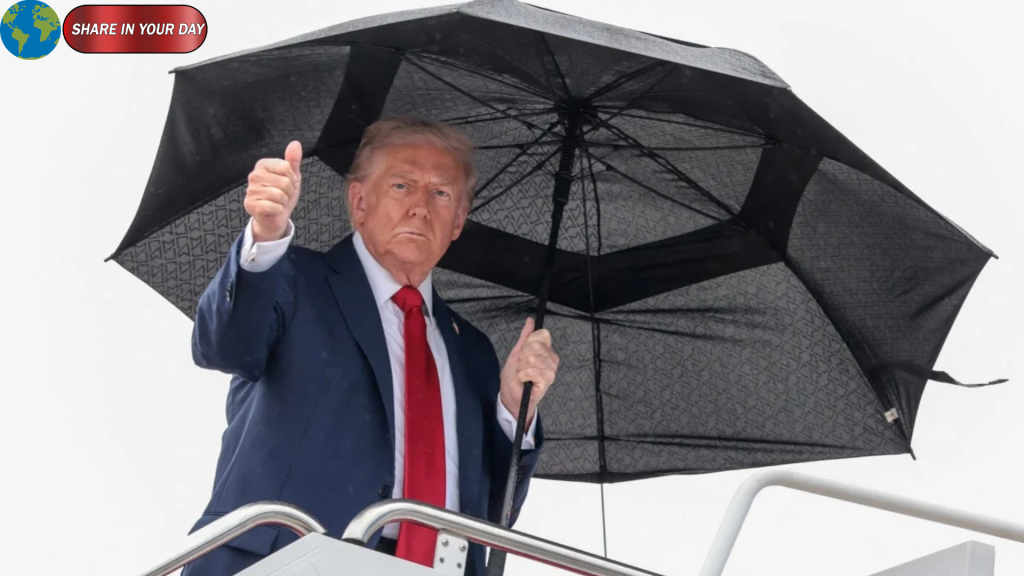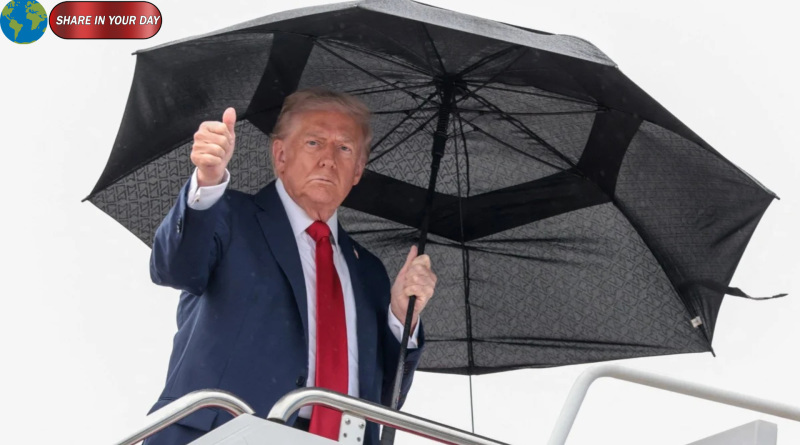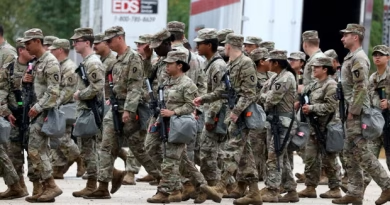In a recent encounter with reporters, Donald Trump revealed he is intrigued by a bold infrastructure proposal: an undersea tunnel connecting Alaska to Russia. The idea, floated by Russian economic envoy Kirill Dmitriev to Elon Musk, envisions a roughly 112 km link across the Bering Strait — a concept with roots in both engineering ambition and geopolitical complexity. South China Morning Post
Trump’s Reaction and Zelensky’s Doubts
Asked whether he supported the tunnel plan, Trump responded, “A tunnel from Russia to Alaska. That’s … interesting.” He then turned to Ukraine’s President Volodymyr Zelensky — guest in Washington at the time — and asked, “How do you like that idea?”
Zelensky’s reply was cautious: “I’m not happy with this,” he said, prompting nervous laughter from attendees. His reaction underscores the political sensitivities at play, especially given ongoing tensions between Russia and Ukraine.
The Tunnel Proposition: Technical and Political Hurdles
Kirill Dmitriev introduced the undersea tunnel concept on Musk’s social platform X just a day before Trump’s remarks. The scheme, estimated to cost around US$8 billion, would need to span approximately 112 kilometers across extreme Arctic conditions.
From an engineering standpoint, the challenges are enormous: subzero waters, ice pressures, seismic risk, and the sheer logistical difficulty of maintaining such a structure. Politically, the idea sits at a fraught intersection. Would the tunnel serve civilian transit, trade, military purposes — or a mix? And how would national-security concerns be addressed by both the U.S. and Russia?
What’s Next?
At present, Trump’s remarks seem exploratory — curiosity rather than commitment. No formal agreements or feasibility studies have been reported. But even raising the idea signals a willingness to entertain unconventional infrastructure proposals that straddle geopolitics and ambition.
If you like, I can expand this into a deeper feature — mapping the engineering feasibility, historical precedents for cross-border tunnels, and strategic risks for both nations. Want me to do that?





